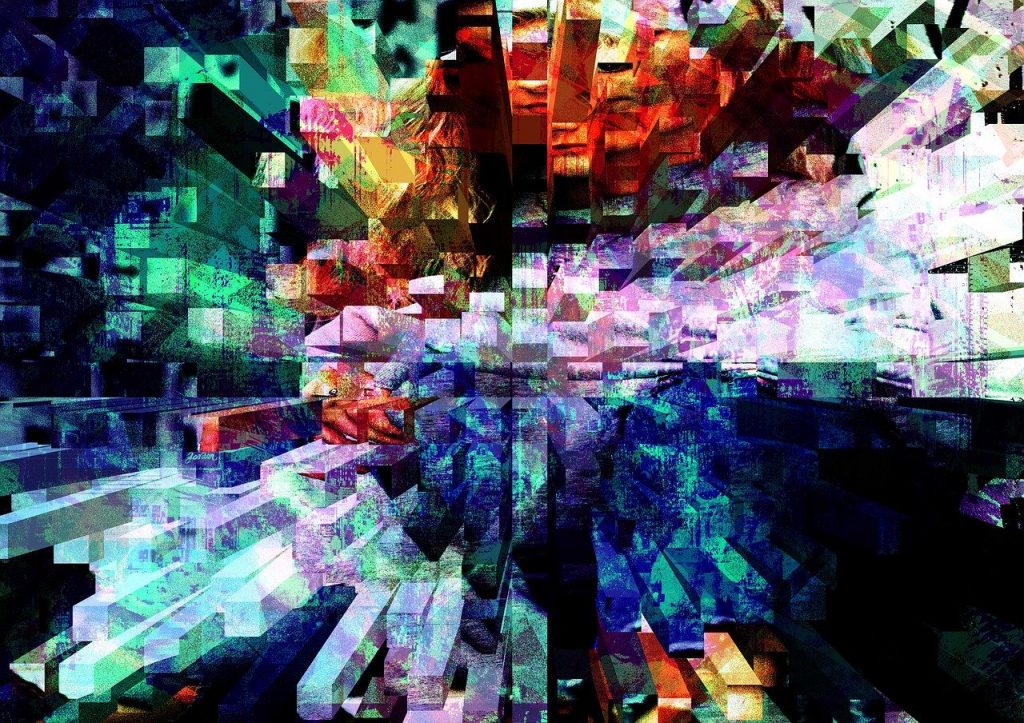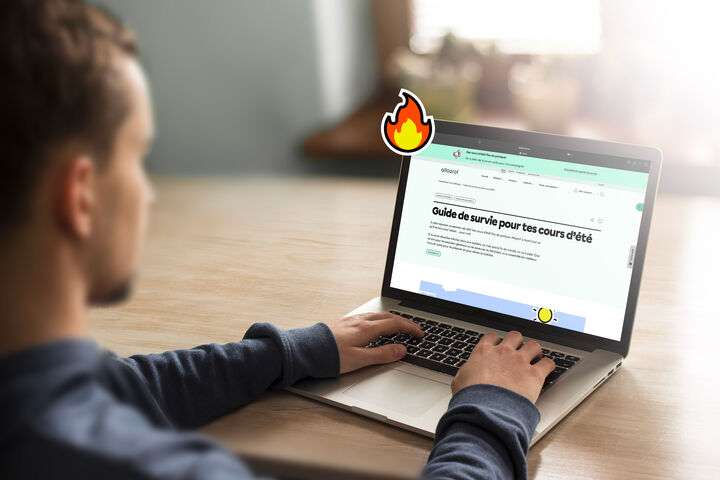Une formation à la SAT en 2018 m’a permis de découvrir l’outil électronique Makey Makey. Celui-ci sera la pièce maîtresse du synthétiseur réalisé par les élèves de troisième année de notre école (Fernand-Seguin, de la CS de Montréal) dans le cadre de leur projet d’art technoscientifique. (En espérant qu’ils puissent le terminer cette année vu les circonstances!)
Depuis deux ans, grâce à une aide financière du ministère de l’Éducation (mesure 15081), les membres de la CAPI élaborent un curriculum en programmation qui s’échelonne maintenant de la maternelle à la sixième année. Ainsi, tous les élèves de notre établissement scolaire ont maintenant l’opportunité de développer leur compétence numérique en manipulant un nouvel outil de programmation et ce, à chaque année de leur parcours scolaire. En ce sens, les élèves de la troisième année se familiarisent présentement avec le logiciel Scratch dans l’optique d’ajouter une facette technologique à leur projet d’art musical. Or, la plateforme Scratch est vaste et pourrait intimider nos apprentis codeurs. Heureusement, ces derniers, se retrouvent en terrain connu.
En effet, au cours des deux dernières années, ils ont appris les rudiments de la programmation grâce à l’application Scratch Jr, conçue plus spécifiquement pour des enfants de 5 à 7 ans. Traduit dans plus de 40 langues et utilisé dans plus de 150 pays, le langage de programmation Scratch, développé au MIT (Massachusetts Institute of Technology), permet aux jeunes et moins jeunes de coder, entre autres, des récits interactifs, des jeux et des animations.
En début d’année scolaire, ce projet d’art musical a été mis de l’avant par Maude, l’enseignante ressource en sciences. En sa compagnie, les élèves ont fabriqué un kalimba et ont pu, du même coup, en apprendre davantage au sujet de certains concepts scientifiques propres à la propagation du son tels que les longueurs d’ondes, la fréquence et l’amplitude.
Le kalimba est un instrument de la famille des idiophones
Au 17e siècle, le scientifique Robert Hooke s’intéressait déjà à la propagation du son à travers différents matériaux. Ses recherches l’ont mené à inventer le premier téléphone à corde. Inspirés par ses travaux, les élèves ont construit, à l’aide de simples pots de yaourt et d’une ficelle, leur propre yaourtophone qu’ils ont utilisé, ensuite, pour mieux comprendre les concepts enseignés précédemment.
De mon côté, j’ai eu le plaisir de poursuivre l’élaboration de leur projet d’art en improvisant avec eux des mélodies à l’aide de l’application KEEZY. Cet outil numérique permet aux jeunes artistes d’exprimer leur créativité. Ainsi, à partir de divers objets de la classe, les élèves se sont amusés à enregistrer des sons inusités afin de produire un jam musical.
La dernière étape de leur projet consistera à fabriquer un synthétiseur à l’aide de matière recyclée. L’apprentissage de base du logiciel Scratch permettra aux élèves de le programmer et ce, par l’entremise du dispositif électronique Makey Makey. Ce circuit imprimé permet de concrétiser la programmation et d’initier les élèves à quelques principes d’un circuit électrique simple. Ainsi, nos jeunes codeurs auront l’occasion, grâce à leur instrument, de jouer quelques pièces musicales apprises avec leur enseignante de musique.
Dans le cadre de la mesure 50767 (mesure spéciale pour l’acquisition d’ensembles numériques) du plan d’action numérique (PAN), les outils électroniques Makey Makey et Micro:Bit sont à considérer puisqu’ils s’avèrent peu coûteux, durables et requièrent une petite surface de travail. De plus, plusieurs activités technopédagogiques sont disponibles en ligne.
En complément, Carrefour éducation vous propose des ressources sur les outils présenté lors de cet atelier:






